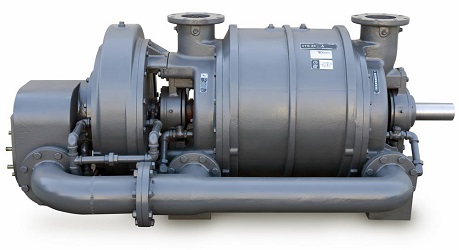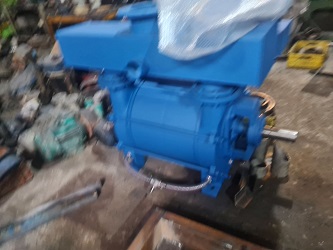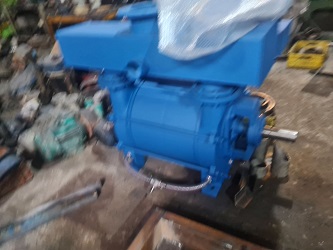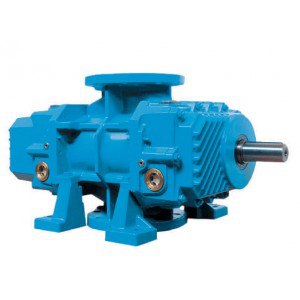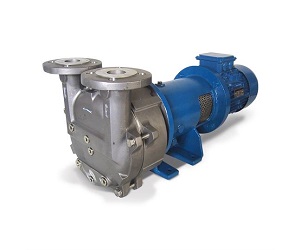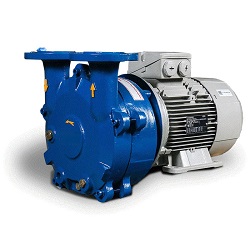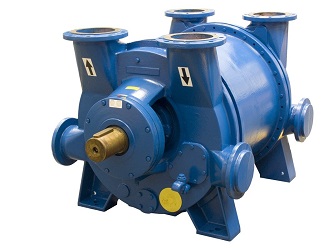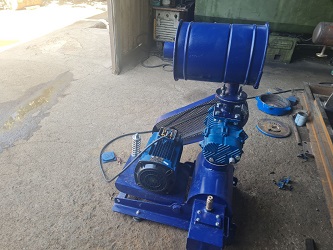I have been using my low side gauge to pull a vacuum, is this wrong?
YES. The low side gauge knows only atmospheric pressure and cannot sense moisture or non-condensables. A micron gauge is a heat sensing device that not only reads atmospheric pressure, but also measures the gases created by the vacuum pump as it boils the moisture. For example, if you were to pull a vacuum on an enclosed bottle of water, the low side gauge when pulling a vacuum will read a perfect vacuum. Using a micron gauge, it will immediately tell you with a high reading the you have a problem in you system.
Yes, using only the low-side gauge to pull a vacuum is generally not recommended and can lead to inaccurate readings. A low-side gauge typically only measures pressures above atmospheric pressure and won’t accurately detect moisture or non-condensable gases, which are crucial to remove during a vacuum. For proper vacuum measurement, a micron gauge connected directly to the system, away from the pump and hoses, is recommended, according to vacuum pump FAQs from JB Industries.
- Limited Range:
Low-side gauges are designed for measuring pressures above atmospheric pressure and may not accurately register the low pressures needed for a deep vacuum.
- Moisture and Non-Condensables:
They don’t detect moisture or non-condensable gases, which need to be removed during a vacuum process.
- Inaccurate Readings:
Using only the low-side gauge can lead to readings that don’t accurately reflect the vacuum level in the system.
- Micron Gauge:
Use a micron gauge (a heat-sensing device) to measure the vacuum’s depth accurately.
- Direct Connection:
Connect the micron gauge directly to the system being evacuated, ideally at the furthest point from the vacuum pump, to get a true reading of the system’s vacuum.
- Hoses:
Ensure hoses used for evacuation are rated for vacuum and are as short and large in diameter as possible to minimize pressure drop.
- Pump Test:Test the vacuum pump’s performance by connecting the micron gauge directly to the pump, bypassing hoses and manifolds.
My vacuum pump runs, but I cannot get a vacuum. If a vacuum pump runs but doesn’t produce a vacuum, it’s likely due to a leak in the system, I have been using my low side gauge to pull a vacuum, is this wrong? Yes, using only the low-side gauge to pull a vacuum is generally I have been pulling a vacuum on my system using a micron gauge and cannot get it down to a low reading. If you’re having pulling a vacuum OIL-SEALED PUMPS AND BACKSTREAMING – The vacuum industry has recently seen a major shift from oil-sealed mechanical pumps Presentation on theme: “Modern Devices: Chapter 4 – Vacuum Systems”— Presentation transcript: Vacuum Systems 4 Vacuum Chamber Technology pump vacuum For Brick And Ceramic Industry – vacuum pump For Brick And Ceramic Industry – vacuum pump For Brick And Ceramic Industry Liquid Ring Vacuum Pump In Ceramic Vacuum Filter – Precision ceramic vacuum filter features – Precision Ceramic Vacuum Filter Principle 真空泵 |真空泵的種類|真空泵價格 – 真空泵 |真空泵的種類|真空泵價格 – 真空泵 |真空泵的種類|真空泵價格 – 真空泵 |真空泵的種類|真空泵價格 – 真空泵 |真空泵的種類|真空泵價格 – 真空泵 |真空泵的種類|真空泵價格
